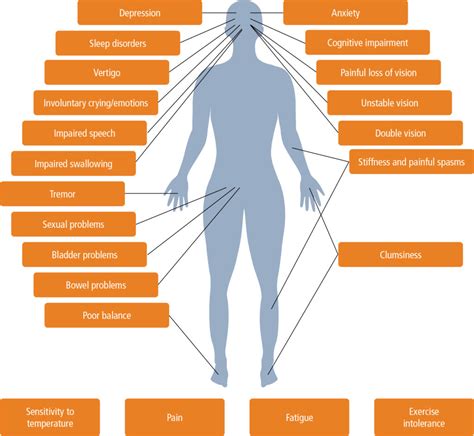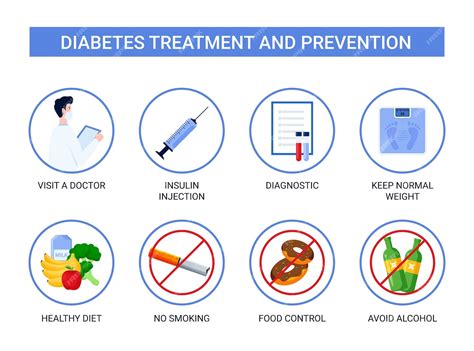Intro
Tinea versicolor is a common skin condition that affects millions of people worldwide. It is a type of fungal infection that causes discolored patches on the skin, typically on the chest, back, and arms. The condition is also known as pityriasis versicolor, and it is caused by a yeast-like fungus called Malassezia. This fungus is naturally found on the skin and can cause problems when it grows out of control. Tinea versicolor is not contagious and is usually not a serious condition, but it can be uncomfortable and affect a person's self-esteem.
The symptoms of tinea versicolor can vary from person to person, but they often include patches of skin that are lighter or darker than the surrounding skin. These patches can be scaly, itchy, and inflamed, and they may be accompanied by a mild rash. In some cases, the patches can be quite large and cover significant areas of the body. Tinea versicolor can occur in people of all ages, but it is most common in adolescents and young adults. The condition is more likely to occur in people who live in warm, humid climates, and it can be triggered by factors such as sweating, stress, and hormonal changes.
Despite its prevalence, tinea versicolor is often misunderstood and misdiagnosed. Many people mistake it for other skin conditions, such as acne or eczema, and they may try to treat it with over-the-counter creams and ointments. However, tinea versicolor requires a specific type of treatment, and it is essential to consult a doctor or dermatologist for an accurate diagnosis and effective treatment plan. With the right treatment, it is possible to clear up the symptoms of tinea versicolor and prevent future outbreaks.
Causes and Risk Factors

Tinea versicolor is caused by the overgrowth of the Malassezia fungus on the skin. This fungus is naturally found on the skin and can cause problems when it grows out of control. There are several factors that can contribute to the development of tinea versicolor, including warm and humid climates, sweating, stress, and hormonal changes. People who live in tropical or subtropical regions are more likely to develop tinea versicolor, as the warm and humid climate provides an ideal environment for the fungus to grow. Additionally, people who engage in activities that cause excessive sweating, such as athletes or individuals who work outdoors, are more likely to develop the condition.
Other risk factors for tinea versicolor include a weakened immune system, certain medical conditions, and the use of certain medications. People with conditions such as diabetes, obesity, and skin conditions like eczema or psoriasis are more likely to develop tinea versicolor. Additionally, people who take antibiotics, corticosteroids, or other medications that suppress the immune system may be more susceptible to the condition.
Types of Tinea Versicolor
There are several types of tinea versicolor, including:- Hypopigmented tinea versicolor: This type of tinea versicolor is characterized by patches of skin that are lighter than the surrounding skin.
- Hyperpigmented tinea versicolor: This type of tinea versicolor is characterized by patches of skin that are darker than the surrounding skin.
- Erythematous tinea versicolor: This type of tinea versicolor is characterized by patches of skin that are red and inflamed.
Each type of tinea versicolor requires a specific type of treatment, and it is essential to consult a doctor or dermatologist for an accurate diagnosis and effective treatment plan.
Symptoms and Diagnosis

The symptoms of tinea versicolor can vary from person to person, but they often include patches of skin that are lighter or darker than the surrounding skin. These patches can be scaly, itchy, and inflamed, and they may be accompanied by a mild rash. In some cases, the patches can be quite large and cover significant areas of the body.
To diagnose tinea versicolor, a doctor or dermatologist will typically perform a physical examination and take a medical history. They may also use a special light called a Wood's lamp to examine the skin, as the fungus that causes tinea versicolor can fluoresce under this light. In some cases, a skin scraping or biopsy may be necessary to confirm the diagnosis.
Diagnosis Techniques
There are several techniques that can be used to diagnose tinea versicolor, including:- Physical examination: A doctor or dermatologist will examine the skin to look for patches of discoloration and other symptoms.
- Wood's lamp examination: A special light called a Wood's lamp is used to examine the skin, as the fungus that causes tinea versicolor can fluoresce under this light.
- Skin scraping: A skin scraping may be taken to examine the skin cells and look for signs of the fungus.
- Biopsy: A biopsy may be necessary to confirm the diagnosis and rule out other conditions.
Each of these techniques can help to diagnose tinea versicolor and determine the best course of treatment.
Treatment and Prevention

There are several treatment options available for tinea versicolor, including topical creams and ointments, oral medications, and lifestyle changes. Topical creams and ointments can help to clear up the symptoms of tinea versicolor, while oral medications can help to treat more severe cases. Lifestyle changes, such as keeping the skin cool and dry, can help to prevent future outbreaks.
Some common treatments for tinea versicolor include:
- Topical creams and ointments: These can help to clear up the symptoms of tinea versicolor and prevent future outbreaks.
- Oral medications: These can help to treat more severe cases of tinea versicolor and prevent future outbreaks.
- Lifestyle changes: Keeping the skin cool and dry, avoiding excessive sweating, and wearing loose-fitting clothing can help to prevent future outbreaks.
It is essential to consult a doctor or dermatologist to determine the best course of treatment for tinea versicolor.
Prevention Techniques
There are several techniques that can be used to prevent tinea versicolor, including:- Keeping the skin cool and dry
- Avoiding excessive sweating
- Wearing loose-fitting clothing
- Avoiding oily skin products
- Using an antifungal soap or shampoo
Each of these techniques can help to prevent future outbreaks of tinea versicolor and keep the skin healthy.
Complications and Prognosis

In most cases, tinea versicolor is not a serious condition and can be treated effectively with topical creams and ointments or oral medications. However, in some cases, complications can occur, such as:
- Skin infections: Bacterial or fungal infections can occur if the skin is not properly treated.
- Scarring: If the skin is severely inflamed or infected, scarring can occur.
- Emotional distress: Tinea versicolor can cause emotional distress and affect a person's self-esteem.
The prognosis for tinea versicolor is generally good, and most people can expect to make a full recovery with treatment. However, it is essential to consult a doctor or dermatologist to determine the best course of treatment and prevent future outbreaks.
Long-term Outlook
The long-term outlook for tinea versicolor is generally good, and most people can expect to make a full recovery with treatment. However, it is essential to take steps to prevent future outbreaks, such as keeping the skin cool and dry, avoiding excessive sweating, and wearing loose-fitting clothing.By taking these steps, people with tinea versicolor can help to prevent future outbreaks and keep their skin healthy.
What is tinea versicolor?
+Tinea versicolor is a common skin condition that causes discolored patches on the skin, typically on the chest, back, and arms.
What are the symptoms of tinea versicolor?
+The symptoms of tinea versicolor include patches of skin that are lighter or darker than the surrounding skin, which can be scaly, itchy, and inflamed.
How is tinea versicolor diagnosed?
+Tinea versicolor is diagnosed through a physical examination, Wood's lamp examination, skin scraping, or biopsy.
What are the treatment options for tinea versicolor?
+The treatment options for tinea versicolor include topical creams and ointments, oral medications, and lifestyle changes.
Can tinea versicolor be prevented?
+Yes, tinea versicolor can be prevented by keeping the skin cool and dry, avoiding excessive sweating, wearing loose-fitting clothing, and using an antifungal soap or shampoo.
We hope this article has provided you with a comprehensive understanding of tinea versicolor, its causes, symptoms, diagnosis, treatment, and prevention. If you have any further questions or concerns, please do not hesitate to comment below or share this article with others who may be interested. By working together, we can help to raise awareness and promote education about this common skin condition.
